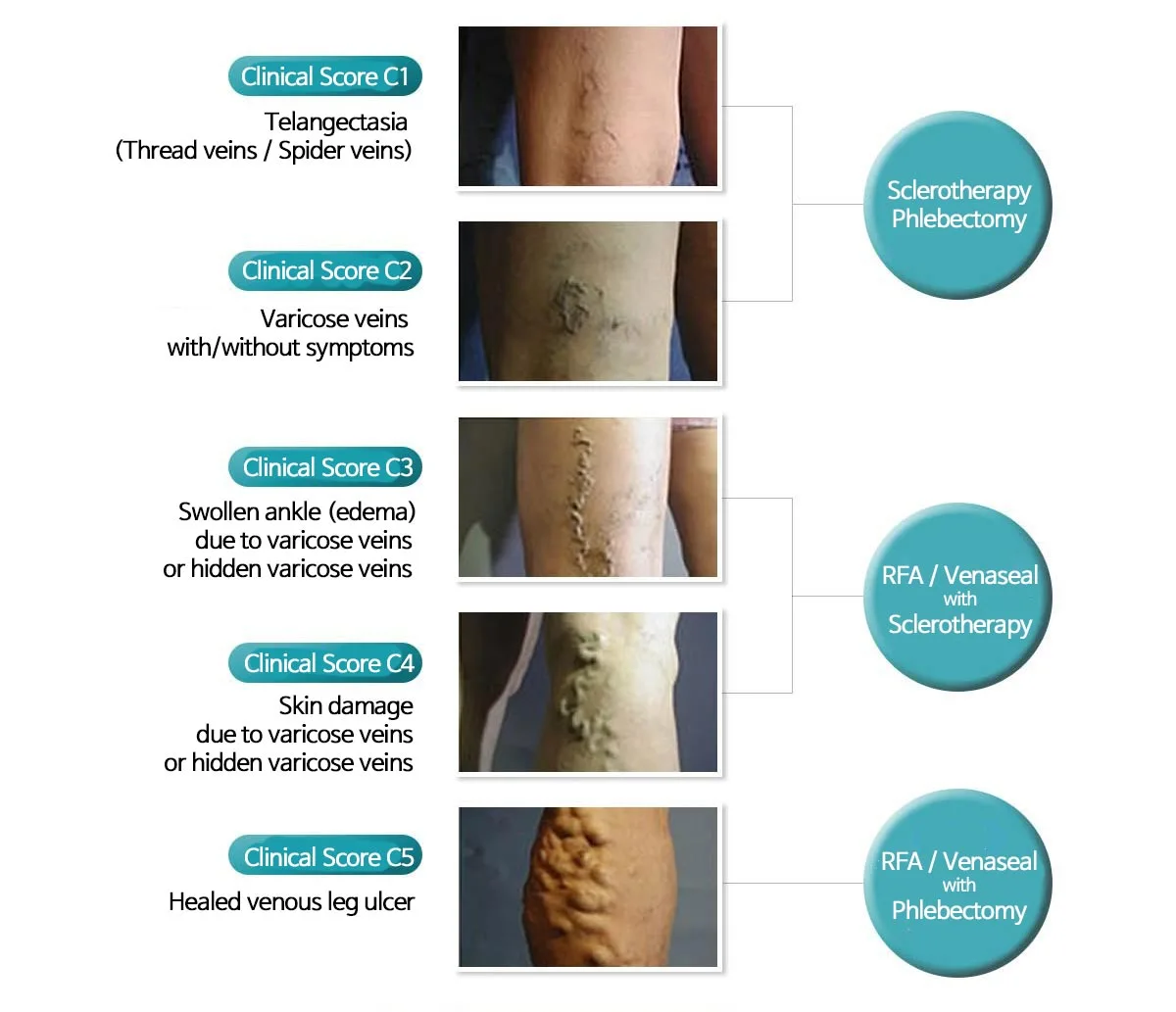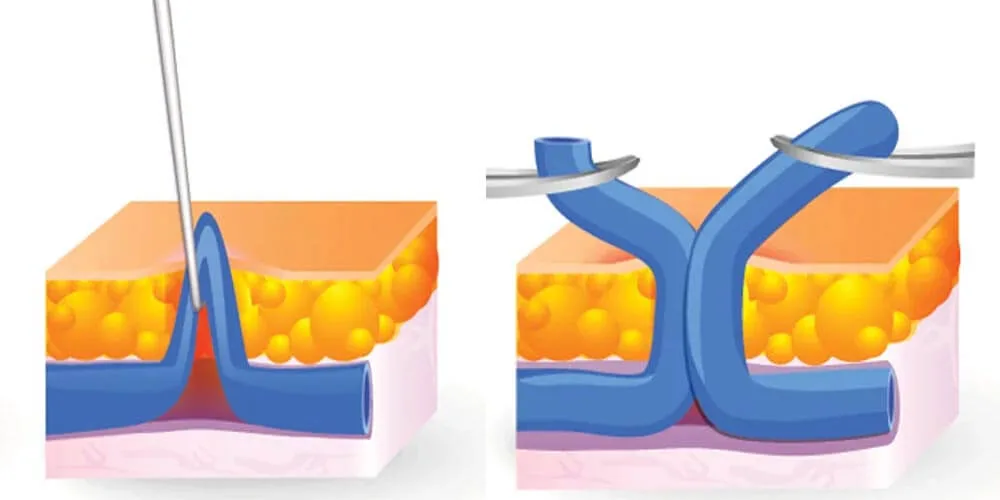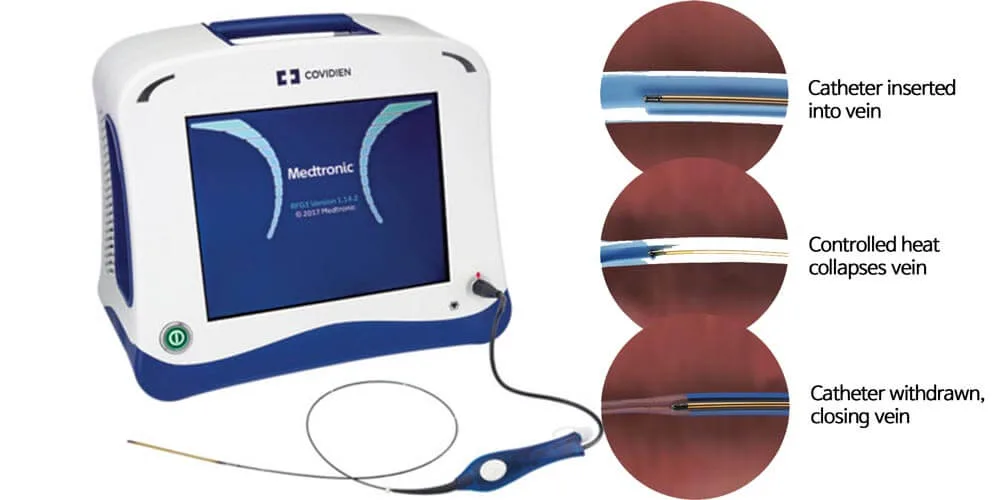ЧТО ТАКОЕ ВАРИКОЗ ВЕН?
Варикоз вен
Варикозное расширение вен — это расширенные, скрученные вены, которые образуются непосредственно под поверхностью кожи, чаще всего в ногах и лодыжках.
Они развиваются, когда клапаны в венах ослабевают или работают неправильно, в результате чего кровь скапливается, а не эффективно течет обратно к сердцу.
По мере нарастания давления вены становятся растянутыми, опухшими и заметно деформированными.
Несмотря на то, что варикозное расширение вен часто считается косметической проблемой, оно иногда может привести к дискомфорту, отеку и, в некоторых случаях, к более серьезным осложнениям со стороны кровообращения, если его не лечить.
Symptons of Varicose Vein
Варикозное расширение вен часто встречается по наследству, и риск увеличивается с возрастом. Такие факторы, как ожирение, беременность или работа, требующая длительного стояния, могут оказывать дополнительное давление на вены ног, способствуя их развитию.
Варикозное расширение вен обычно выглядит как темно-синие, опухшие и искривленные вены прямо под кожей. В то время как некоторые люди не испытывают никаких симптомов, другие могут ощущать легкий или сильный дискомфорт.
Легкие симптомы:
- Чувство тяжести, жжения, боли или усталости в ногах, которое может усилиться после длительного стояния или сидения.
- Отеки в области стоп и лодыжек.
- Зуд вокруг пораженных вен.
Более серьезные симптомы:
- Постоянные отеки ног.
- Боль в икрах и повышенный отек после длительного сидения или стояния.
- Изменения кожи, включая обесцвечивание, сухость, истончение или воспаление.
- Шелушение или образование открытых язв.
- Кровотечение от незначительных травм из-за ослабленной кожи.
Варикозное расширение вен является распространенным явлением и, в большинстве случаев, не является серьезной медицинской проблемой. Тем не менее, раннее устранение симптомов может помочь предотвратить осложнения и улучшить комфорт.
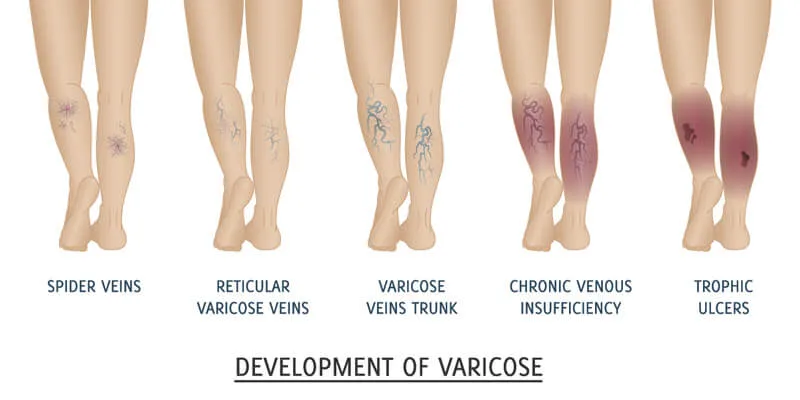
Diagnosis of Varicose Veins
Diagnosing varicose veins typically involves a physical examination and, if necessary, imaging tests to assess the condition of the veins and blood flow.
1. Physical Examination
A doctor will begin by visually inspecting the affected veins while you are standing or sitting. They may ask about symptoms such as leg pain, swelling, or discomfort, and review your medical history, including risk factors like family history, pregnancy, or lifestyle habits.
2. Doppler Ultrasound
If further evaluation is needed, a Doppler ultrasound is commonly used. This non-invasive test utilizes sound waves to visualize blood flow in the veins and detect valve dysfunction, blockages, or blood clots (deep vein thrombosis — DVT).
3. Venous Duplex Ultrasound
A more detailed version of Doppler ultrasound, this test provides both structural and functional assessments of the veins. It helps identify reflux (backward blood flow) and determine the severity of varicose veins.
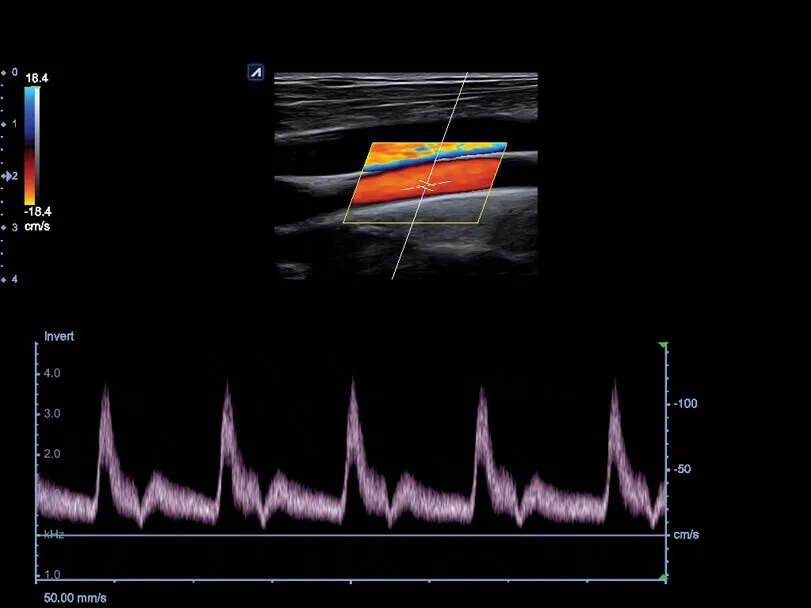
4. Additional Diagnostic Tests (If Necessary)
In rare cases, additional imaging tests such as venography (using contrast dye to highlight veins on X-rays) or MRI/CT scans may be used to evaluate more complex venous conditions.
When to Seek Medical Attention
Varicose veins are often harmless, but if you experience persistent pain, swelling, skin ulcers, or signs of deep vein thrombosis (DVT), seeking medical evaluation is crucial to prevent complications. Early diagnosis can help determine the best treatment options and prevent worsening symptoms.
Treatments for Varicose Veins
Варикозное расширение вен является прогрессирующим заболеванием, то есть оно имеет тенденцию ухудшаться со временем, если его не лечить. В то время как медикаментозное лечение может эффективно справиться с симптомами и улучшить внешний вид, профилактика и изменение образа жизни являются наиболее важными аспектами долгосрочного лечения. Даже после лечения пациенты должны придерживаться здоровых привычек, чтобы предотвратить рецидив и поддерживать хорошее венозное кровообращение.
1. Изменение образа жизни: ключ к профилактике и долгосрочному успеху
ince varicose veins develop due to poor circulation and increased pressure in leg veins, modifying daily habits is essential to both prevention and post-treatment care. Even if you undergo medical treatment, failing to change your lifestyle may lead to recurrence.
Essential Lifestyle Changes for Varicose Veins
-
Wear Compression Stockings
- Helps improve circulation by providing gentle pressure that supports vein function.
- Recommended for individuals who stand or sit for long hours.
-
Elevate Your Legs Regularly
- Raising your legs above heart level for 15–20 minutes several times a day reduces swelling and venous pressure.
- Especially important for those experiencing leg fatigue or swelling after long periods of standing.
-
Stay Active & Exercise Regularly
- Low-impact exercises like walking, swimming, and cycling strengthen calf muscles, which help pump blood back to the heart.
- Avoid sitting or standing for prolonged periods; incorporate movement into your daily routine.
-
Maintain a Healthy Weight
- Excess weight increases pressure on leg veins, worsening varicose veins and increasing the risk of recurrence.
- A balanced diet rich in fiber and antioxidants can support vascular health.
-
Avoid Prolonged Sitting or Standing
- If your job requires standing for long hours, shift weight between legs and take breaks to move.
- If sitting for extended periods, flex and extend your feet or stand up periodically to promote circulation.
-
Stay Hydrated & Eat a Vein-Friendly Diet
- Drinking plenty of water and consuming foods rich in flavonoids (citrus fruits, berries) can strengthen vein walls.
- Reduce salt intake to prevent fluid retention and leg swelling.
Prevention is key! Without lifestyle changes, even successfully treated varicose veins can return. Long-term commitment to these habits is essential for maintaining healthy legs.
2. Медикаментозное лечение варикозного расширения вен
Если варикозное расширение вен вызывает дискомфорт или косметические проблемы, минимально инвазивные процедуры могут эффективно лечить это состояние. Эти процедуры обычно выполняются в амбулаторных условиях с минимальным временем восстановления.
Нехирургические и минимально инвазивные процедуры
- Склеротерапия: В небольшие варикозные вены вводится химический раствор, в результате чего они со временем разрушаются и исчезают.
- Эндовенозная лазерная абляция (ЭВЛО) и радиочастотная абляция (РЧА): Тепловая энергия подается через катетер для закрытия больных вен.
- Venaseal™ (лечение медицинским клеем): Специальный медицинский клей вводится в вену, чтобы запечатать ее, что устраняет необходимость в термических процедурах или компрессионных чулках после процедуры.
Хирургическое лечение (в тяжелых случаях)
В запущенных случаях хирургическое вмешательство может быть необходимо, когда минимально инвазивные методы лечения неэффективны.
- Флебэктомия: Небольшие варикозные вены удаляются через крошечные разрезы.
- Стриппинг и перевязка вен: Более крупные варикозные вены перевязываются хирургическим путем и удаляются.
Из-за достижений в области менее инвазивных методов лечения, таких как Venaseal™, EVLA и RFA, традиционная хирургия сегодня редко требуется.
Комплексная система классификации хронических венозных заболеваний (CEAP) и лечение

VARIABLE VARICOSE VEIN
Variable Treatments
VenaSeal

The Venaseal™ procedure utilizes a medical adhesive to effectively and permanently seal varicose veins without the need for heat-based energy.
- Minimally invasive with no need for tumescent anesthesia
- Suitable for various vein sizes, including the greater & lesser saphenous vein
- Immediate return to daily activities with minimal downtime
Before & After
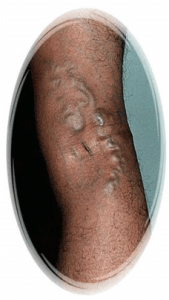
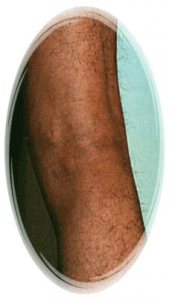
Мужчина 36 лет, после флебэктомии, 4 недели спустя
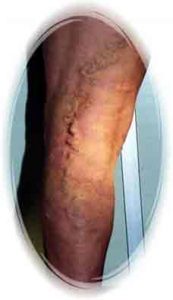

62 года, после EVLT, 11 недель спустя
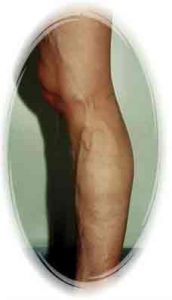
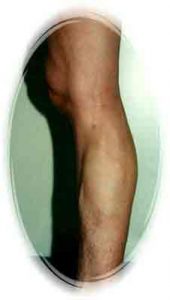
19 лет, после флебэктомии и склеротерапии, 6 недель спустя
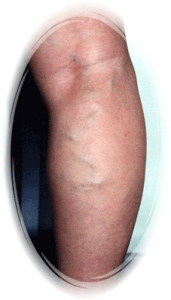

Женщина 50 лет, после склеротерапии, 8 недель спустя
The Importance Of Compression Stocking

Compression Therapy for Varicose Veins and Lymphedema
Compression therapy involves the use of specialized compression stockings to effectively manage varicose veins and lymphedema, promoting better circulation and reducing swelling.
How Gradient Compression Works
Gradient elastic stockings, first developed in the early 1950s by an engineer and patient, remain the gold standard for managing chronic venous disease. These stockings apply graduated pressure, which is strongest at the ankle and gradually decreases up the leg. This controlled compression helps:
- Prevent excessive expansion of superficial veins.
- Reduce blood pooling and backward flow, minimizing congestion.
- Alleviate symptoms such as leg discomfort, swelling, and varicose veins.
The Importance of Prevention
When it comes to varicose veins, prevention and recurrence prevention are just as important as treatment. Even after medical intervention, consistent use of compression stockings can help maintain healthy circulation and reduce the risk of future vein problems.
Where to Buy
To ensure the best quality and effectiveness, we recommend purchasing compression stockings from Evita Clinic or trusted online retailers.
Why Prevention & Lifestyle Changes Matter
✅ Varicose veins are progressive – early prevention is crucial.
✅ Even after treatment, recurrence is possible without lifestyle modifications.
✅ Simple habits like leg elevation, compression stockings, and exercise can significantly reduce symptoms and prevent new varicose veins.
Taking control of your vein health through lifestyle changes and early intervention is the best way to ensure long-term success in managing varicose veins. Treatment can help, but your daily habits will determine the long-term outcome!



